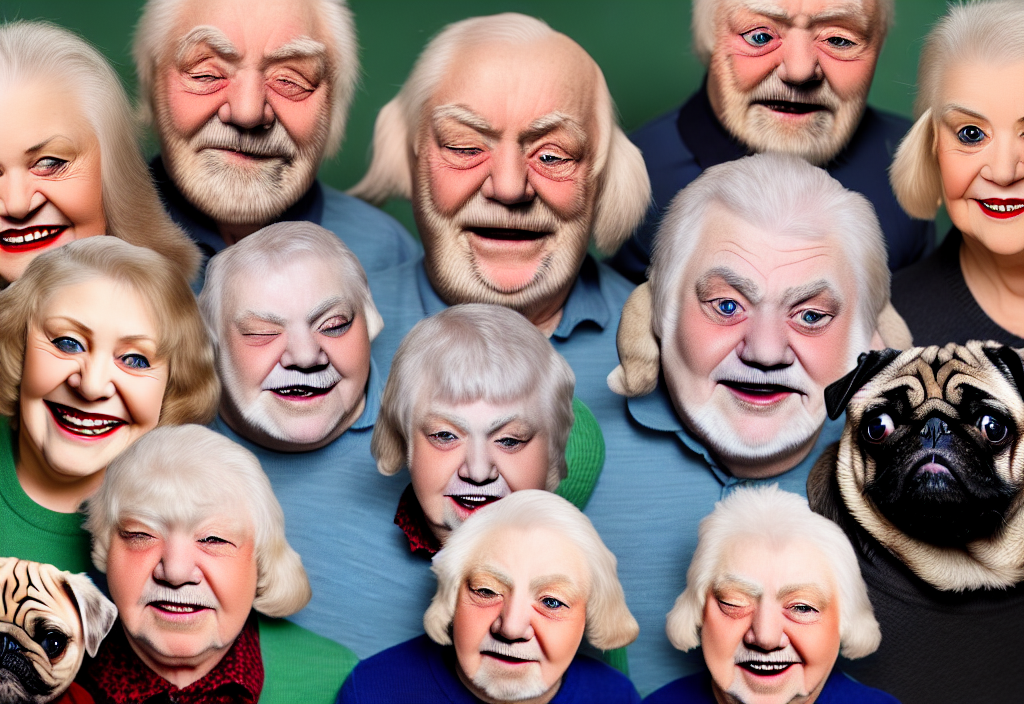My First Experiment with Stable Diffusion
Changing the ethnicity of a stock photo's subject using text prompts - tinkering as research in 2022
Changing the ethnicity of a stock photo's subject using text prompts.
Tinkering is research if you take notes.
On August 22, 2022 Stability AI released Stable Diffusion
This release is the culmination of many hours of collective effort to create a single file that compresses the visual information of humanity into a few gigabytes.
Time for tinkering is a great way to test new technology, but approaching tinkering with a question in mind can make your time more useful. Also, the constraints that come with a focused question will lead to higher-quality answers and artifacts.
How I Evaluate New Design Tools
(Artificially Flavored or Otherwise)
Design tools change all the time. If you spend all your time chasing new tools or techniques, you'll hinder the development of a process, which hinders the development of a real practice.
In the same vein, if you only consider "design tools" as what you use for design, you will miss out on many possibilities to branch out and grow your practice.
So, with that said, a simple way I think about it is by asking myself:
- Can this make doing my job easier?
- If so, how do I fit it into my current process?
That's it—very simple. Many tools can answer the first question, but very few can do both, making it worth adding possible complexity.
Stock Photo Hell: Editing Photos with Stable Diffusion
One way to test Stable Diffusion was to see if it could reduce the time spent on photo illustration and retouching in Photoshop, or even replace costly photoshoots. The goal was to gain more control over specific parts of an image.
Most stock photo sites already collect and display extensive data and metadata to help users find the right image. However, finding the perfect stock photo can be challenging.
Finding "The Right" Stock Photos is Always Weird
If you've worked in design long enough, you've frequently been asked to gather stock photos on short notice. Here's a typical scenario:
Boss: Hey, this campaign's target demographic is active seniors. The details are in the brief. Can you pull some stock?
Designer: OK, boss! finds cool stuff with seniors, but they're all white.
Boss: I think this one works, but we need some diversity.
This photograph for instance, is called:
Portrait of senior caucasian people couple with old pet pug dog having good time together at home
❤️ Now, tell me if that's not a lovely image right there.
This image is from Envato Elements, which employs a very simple tag-based system. We are often told that race is not real, and yet we go along believing in it; the same can go for images.
Images were never real.
Many people are unprepared for a world where images lose their traditional meaning. AI will break our reliance on believing in images, or we will face the consequences.
The world is an object that is both imminent and ungraspable. How far is the world? How does one obtain a clearer focus point? Is photography a mirror which briefly captures this imaginary line of the world? Or is it man who, blinded by the enlarged reflection of his own consciousness, falsifies visual perspectives and blurs the accuracy of the world? Is it like the rearview mirrors of American cars which distort visual perspectives but give you a nice warning "objects in this mirror may be closer than they appear"? But, in fact, aren't these objects farther than they appear? Does the photographic image bring us closer to a so-called "real world" which is in fact infinitely distant? Or does this image keep the world at a distance by creating an artificial depth perception which protects us from the imminent presence of the objects and from their virtual danger?
What is at stake (at play, en jeu) is the place of reality, the question of its degree. It is perhaps not a surprise that photography developed as a technological medium in the industrial age, when reality started to disappear. It is even perhaps the disappearance of reality that triggered this technical form. Reality found a way to mutate into an image. This puts into question our simplistic explanations about the birth of technology and the advent of the modern world. It is perhaps not technologies and media which have caused our now famous disappearance of reality. On the contrary, it is probable that all our technologies (fatal offsprings that they are) arise from the gradual extinction of reality.
"Photography, Or The Writing Of Light" by Jean Baudrillard
"At Home with My Best Friends and Favorite Pets" series by Abraham Garcia Flores (2022)
The experiment successfully demonstrated how Stable Diffusion could modify specific aspects of stock photography, opening new possibilities for addressing diversity and representation challenges in visual design while raising important questions about the nature of photographic truth in the AI era.
